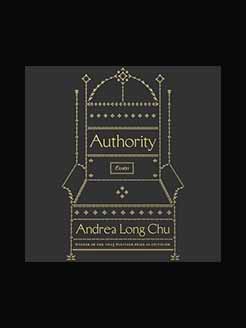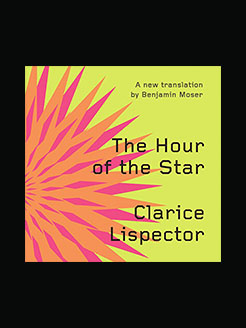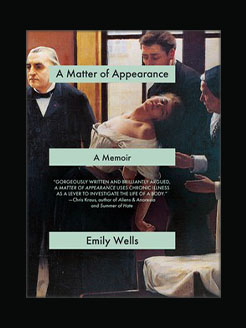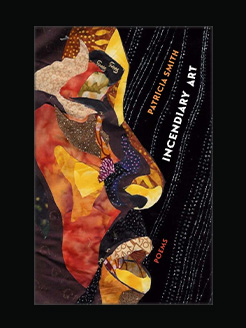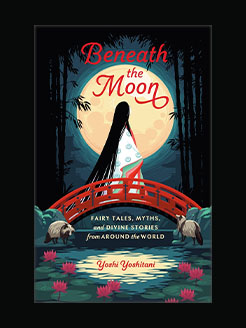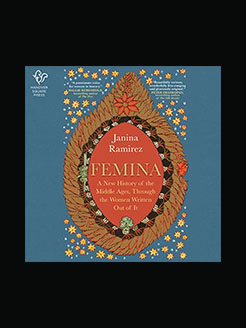Published in 2019 (first published 2016)
176 pages
Magdalena Carmen Frida Kahlo Calderón was a Mexican painter, who has achieved great international popularity. She painted using vibrant colors in a style that was influenced by indigenous cultures of México as well as by European influences that include Realism, Symbolism, and Surrealism. Many of her works are self-portraits that symbolically express her own pain and sexuality.
In 1929 Kahlo married the Mexican muralist Diego Rivera. They shared political views, and he encouraged her artistic endeavors. Although she has long been recognized as an important painter, public awareness of her work has become more widespread since the 1970. Her “Blue” house in Coyoacán, México City is a museum, donated by Diego Rivera upon his death in 1957.
What is this book about?
Frida Kahlo is regarded as one of Mexico’s greatest painters: her extraordinary personal style, her tragic story, her relationship with Diego Rivera (the more famous painter in their day) alongside her passionate paintings have made her a cult figure since she died over sixty years ago.
But beyond the familiar images there is a private story about a daughter who confided in her beloved mama, Matilde Calderon Kahlo. Until now Frida’s handwritten letters have only been available to scholars – and recently in Spanish in a book that appeared in 2016. Now for the first time we have over fifty of these letters in English.
And what a treasure. Funny, observant and honest, they chart Kahlo’s relationship with her mother; a relationship that was sometimes fraught – as with most mother and daughters – but was always alive and honest. They begin in 1923 when Kahlo was sixteen and continue until the death of her mother in 1932. These letters tell us about Kahlo’s anxieties, her feelings about her husband and friends and above all reveal the marvelous, critical painter’s eye in her description of people and places from Mexico, San Francisco and New York.
Edited, translated and introduced by Dr. Héctor Jaimes, Professor of Spanish, North Carolina State University (who edited the Spanish version) this book is published with paintings and photographs.
